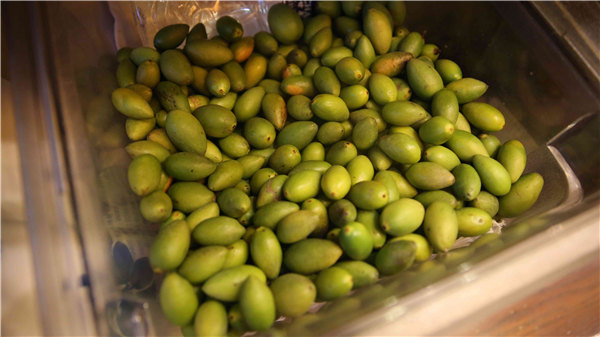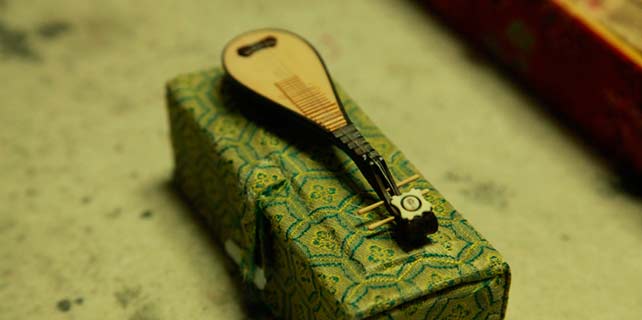Tastes like olive - but is it olive?
 |
|
[Photo/CGTN] |
That has to do with the fact that the "Chinese olive", although it looks every bit like a fat green olive from Italy, actually grows on the Canarium album tree - from a completely different plant family found in tropical and subtropical climates, unlike olive trees, so fond of arid lands.
In 2012, Chinese olive trees covered some 107,000 hectares of Fujian province, with annual production of the fruit averaging about 5.5 million tons, according to the most recent figures from the Fujian Agriculture Bureau.
Dive into some of the shops in Fuzhou's old town and you will find case after case of dried "olives" to munch on: sweet, sour, salty, spiced and every combination in between.
But what locals and tourists come for first and foremost is the freshly-pressed olive juice, cloudy and light yellowish-green in color.
The Chinese believe it can do wonders for one's health. Not found elsewhere in China, it is also a reminder of the many regional differences in this country when it comes to food.


















